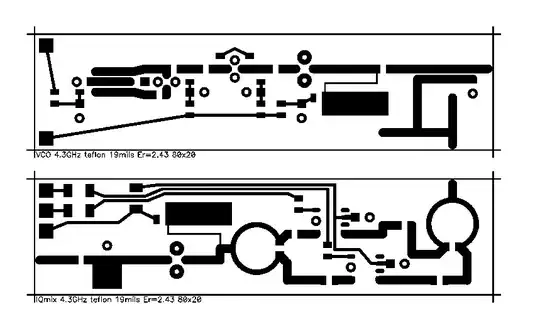You can take a look at the packages from National Instruments (former AWR), Keysight (former Agilent), CST and many more.
Contrary to simple microstrip calculation tools (may they be based on empirical formulas or 2d field solvers) you need at least a 2.5D EM field solver to model the shapes you have shown in your example.
Unfortunately, this simulation software is not trivial to build, does not sell in high numbers and therefore the packages are very costly. There are some free frameworks that claim to do 3D field solving, but they lack the GUI and import/export capabilities of the commercial packages and therefore require a lot of extra work, even for very simple tasks. I cannot comment on the accuracy, but you should at least cross-check some known geometries.
Also, expect that for using any of these packages effectively, you will need several weeks (if not months) of learning as well as some solid knowledge in microwave design.
The software cannot do the thinking for you and since simulation times tend to be too long for trial and error for complex geometries, you will need some basic understanding of how to accomplish the tasks, with the software merely doing number crunching and fine tuning for you.
